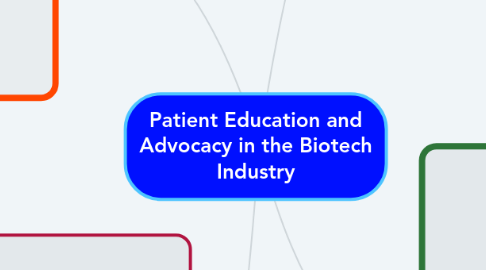
1. Strategies to Proactively Address the Trends
1.1. 1. Introduce a training trend one at a time over the course of the next 6-9 months and give employees an "assignment" to practice using the new techniques or tools.
1.2. 2. Get management buy-in so that the value of learning is supported and reinforced and that new tools and techniques are used by management, too.
1.3. 3. Reinforce the "What's in it for Me?" question by reinforcing how learning can be used to support and improve work (The Sergay Group, Ltd, 2011).
1.4. 4. Align training strategies with organizational goals to help identify employee learning needs and performance gaps (Burley, n.d.).
1.5. 5. Implement a follow-up or mentoring program to ensure that employees understand, are able to access and utilize new tools and techniques (Chief Learning Officer, 2012). Rewards or recognition may be helpful in encouraging or reinforcing new learning behavior.
2. References:
2.1. Burley, K. (n.d.) How to develop an effective training strategy. Chron.com. Retrieved from http://smallbusiness.chron.com/develop-effective-training-strategy-17943.html
2.2. Chief Learning Officer. (2012). How to implement a complete training system. CLO Media. Retrieved from http://www.clomedia.com/2012/08/24/how-to-implement-a-complete-training-system/
2.3. Kapp, K. M. (2016). 5 learning tech trends to watch in the next 5 years. Association for Talent Development. Retrieved from https://www.td.org/publications/blogs/learning-technologies-blog/2016/02/5-learning-tech-trends-to-watch-in-the-next-5-years
2.4. Morrison, D. (2014). Three trends that will influence learning and teaching in 2015. Online learning insights: A place for learning about online education. Retrieved from https://onlinelearninginsights.wordpress.com/2014/12/29/three-trends-that-will-influence-learning-and-teaching-in-2015/
2.5. Sergay Group (2011). How to develop an organizational training strategy. Retrieved from http://www.sergaygroup.com/smart-talk/how-to-develop-an-organizational-training-strategy.html
3. Innovative Training Trends
3.1. Microcredentialing
3.1.1. Skills specific or competency based education provides organizations and employees to be recognized for achieving specific learning competencies, rather investing time and expense in a traditional higher education degree (Morrison, 2015).
3.2. Social Learning
3.2.1. Collaboration and the access of learning through Professional Learning Networks allows employees to engage in learning with and from both peers and experts outside of a formal institutional setting (Kapp, 2016).
3.3. Learning on the Go
3.3.1. The use of mobile devices allows employees to access learning at their fingertips. Specific applications, videos, or topic-specific modules are examples of methods that can support employee learning outside of a formal learning environment (Morrison, 2015).
3.4. Gamification
3.4.1. Gamification engages learners with the use of a story and providing immediate feedback, and also helps with motivation as learners experience "the freedom to fail" and learn from mistakes in a safe environment (Kapp, 2016).

